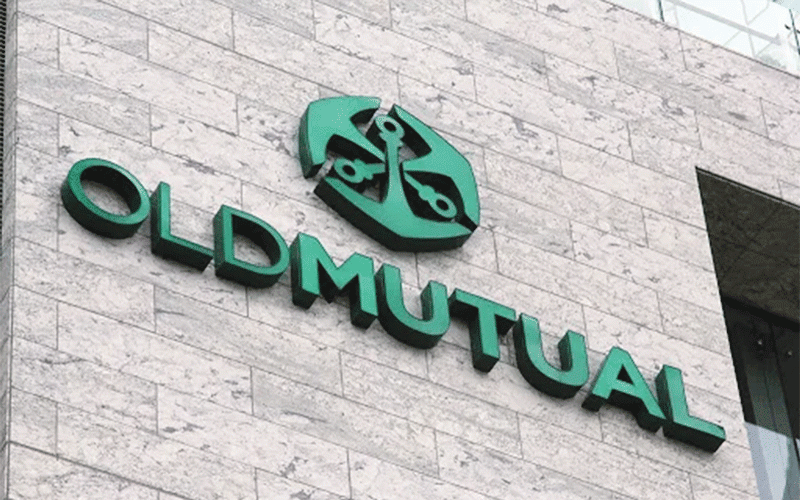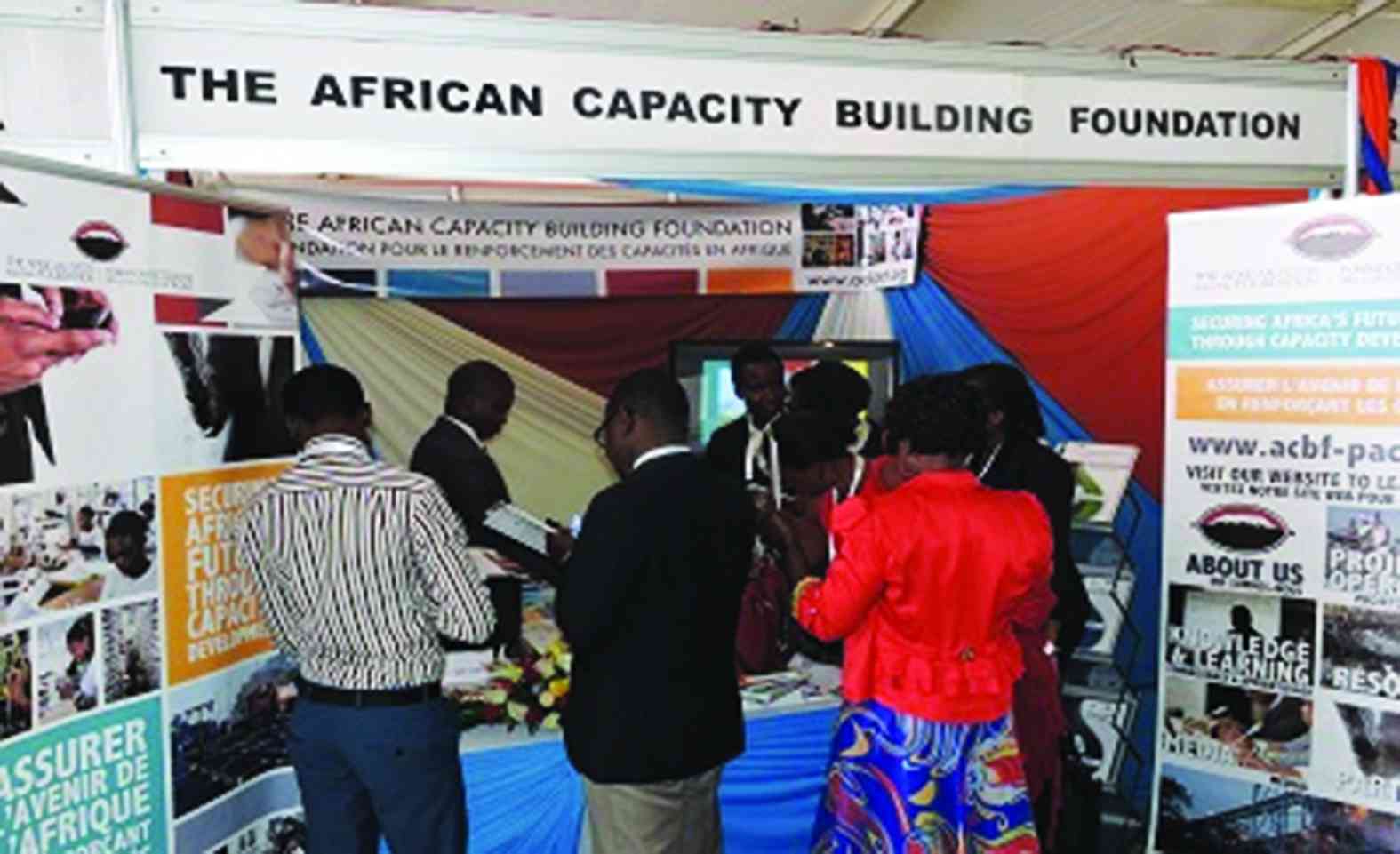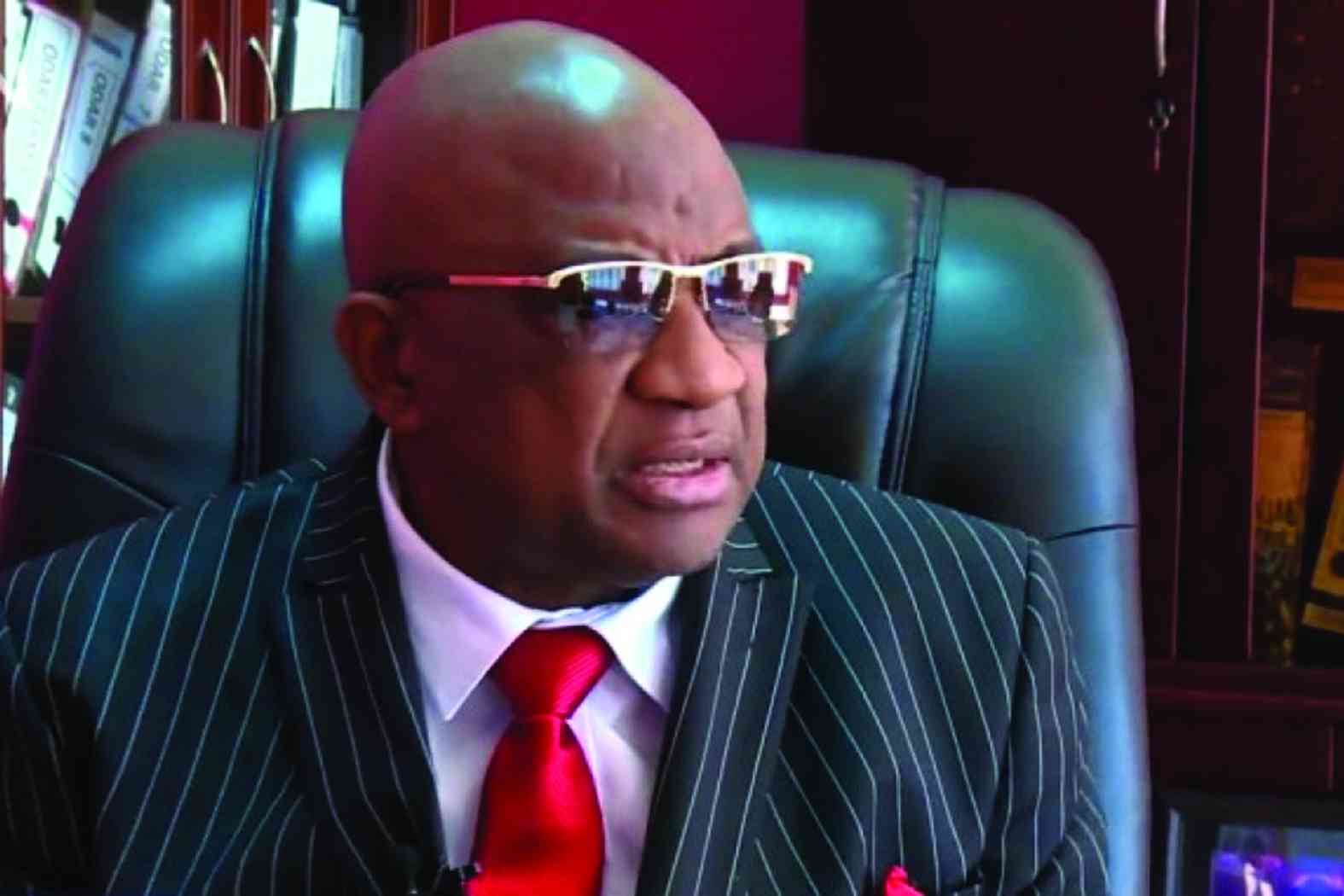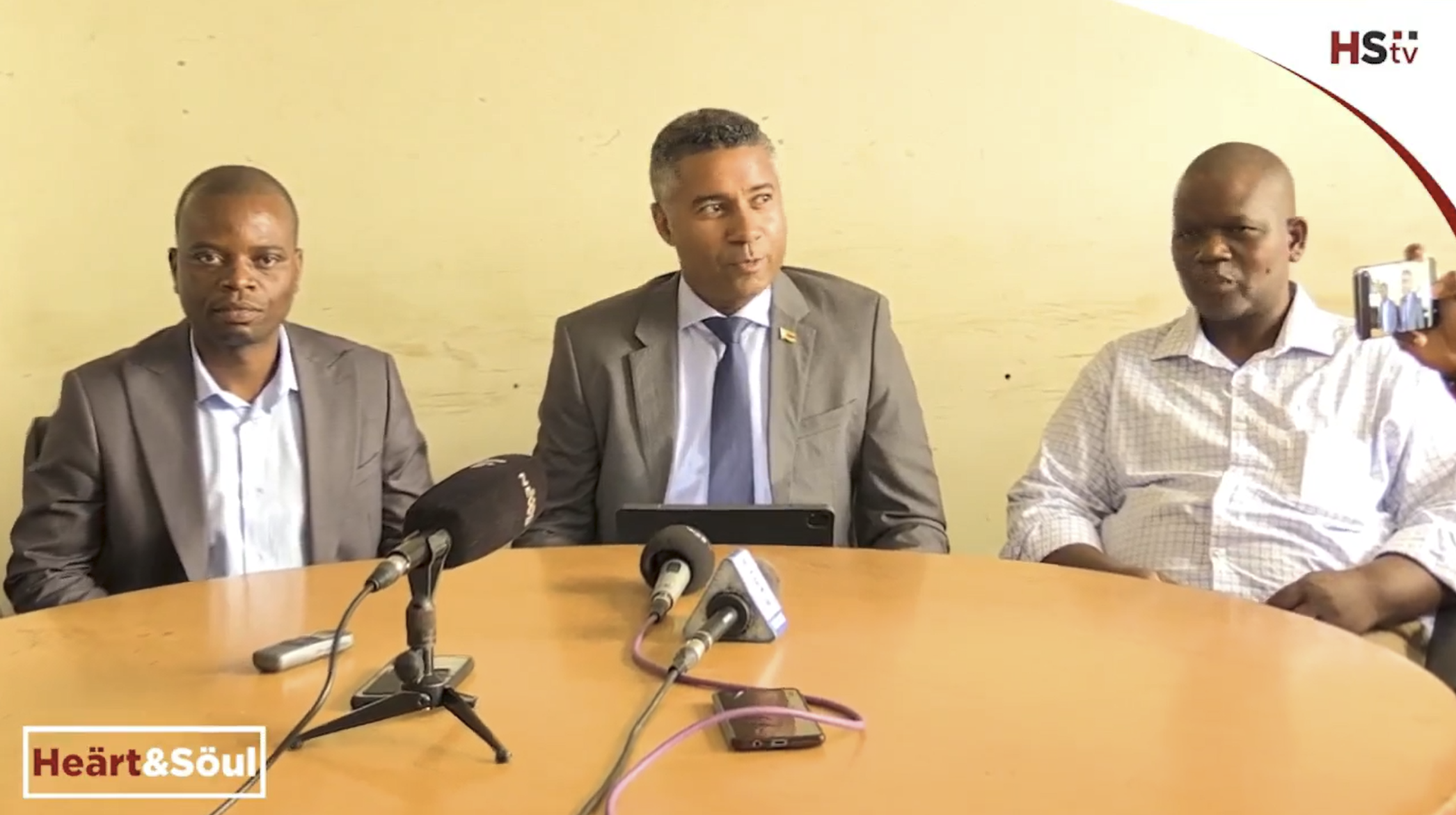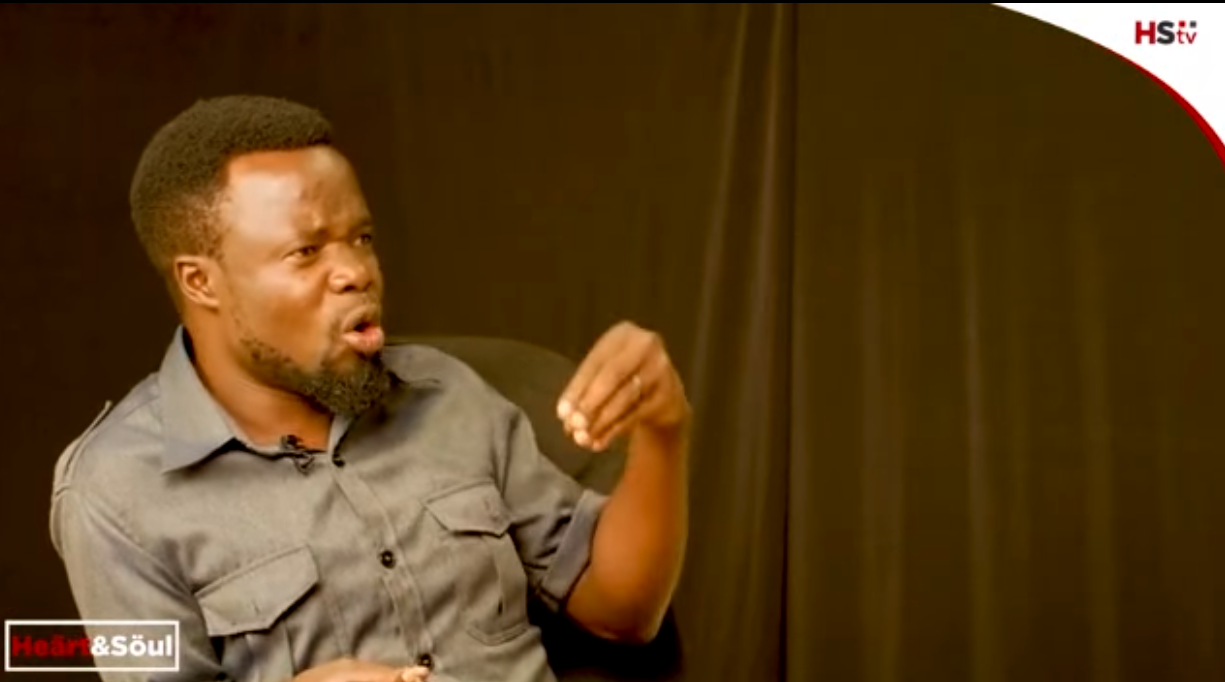China’s recent reversal on its private education policy reveals significant flaws in its “Common Prosperity” agenda. Last week, the government overturned a July 2021 ruling that banned private schools and tuition centers, which had led to the collapse of the $100 billion education sector. Many institutions and tutoring companies had closed following the 2021 clampdown.
In December 2022, China’s Ministry of Education had ordered private schools and tutoring institutes operating under false names to shut down by June 2024. This move followed the 2021 implementation of the “Shuang Jian” (Double Reduction) policy, which aimed to reduce students' homework burdens and ease financial pressure on families, the international media reported.
On August 3, the State Council decided to annul the 2021 ruling and the closure order, finding that the policy did not meet the Communist Party’s goals of equalizing educational opportunities and was economically impractical. Despite the ban, wealthy families continued to access private tutoring through underground channels, leaving poorer students at a disadvantage.
Despite the 2021 ruling, wealthy families continued to access private tutoring through clandestine means, while poorer students were left to fend for themselves due to a lack of resources.
The harsh reality is that, despite being a Communist state, China has failed to bridge the gap between the rich and the poor, despite efforts including the “Common Prosperity” drive. U.S.-based economist Thomas Piketty attributes this to inherent structural flaws in China’s political system—state-controlled capitalism and corruption. He noted that the top 10% income share rose from 27% in 1978 to 41% in 2015.
- Delta pays US$20m sugar tax in 9 months
- ‘Zim economy among the least free globally’
- Diamond workers launch strategic plan
- CBZ asset base rises 71% in Q3
- National Foods to explain shock VFEX delisting plan
To alleviate poverty, China introduced the ‘Dibao’ system between 2007 and 2016. This system aimed to guarantee a minimum living standard and benefited 45.8 million people in rural areas and 14.8 million in urban areas during that period. Yet, it has failed to significantly reduce income disparity, leaving the advantaged sections to secure the best resources, including top-notch educational facilities.
Critics argue that the government’s withdrawal of the 2021 ruling allows the wealthy to further secure the best educational opportunities for their children, while the disadvantaged are left with limited options within China’s state-controlled system. They contend that the Chinese government is prioritizing economic benefits from the revival of private training institutes and schools.
Indeed, just two days after the State Council's directive to overturn the 2021 ruling, the share prices of two leading Chinese education companies listed in New York—TAL Education Group and New Oriental—surged by over 13%. This market reaction suggests that the wealthy view the government's decision as pragmatic and necessary.
In China, parents remain highly concerned about securing admissions to elite schools, colleges, and universities, seen as gateways to well-paid jobs. The Gaokao college entrance exam is highly competitive, with more than 10 million students taking it each year.
This pressure forces students to work hard and seek help from tutorial institutions to overcome academic deficiencies. Parents spend millions of yuan annually on private tuition, with fees for subjects like mathematics, physics, and chemistry ranging from 300 to 400 yuan per session. Many parents believe that as long as the high school and college entrance examination systems exist, they cannot reduce spending on after-class tuition.
Some analysts link exorbitant tutoring fees to social problems, including a declining birth rate, as the high cost of raising children discourages young people from marrying and having children. According to China’s National Bureau of Statistics, the country’s population fell for a second consecutive year in 2023, reaching 1.409 billion—a drop of 2.08 million from the previous year.
The preference among Chinese youth to remain single due to the high costs associated with raising families has been cited as a factor contributing to demographic imbalances. Data from the Ministry of Civil Affairs showed an 8.2% drop in marriage rates from January to March 2024 compared to the same period in 2023.
The government’s decision to lift the 2021 ruling raises questions about its long-term impact on China’s society and its economic and social policies.



